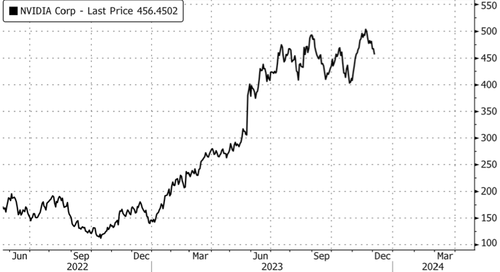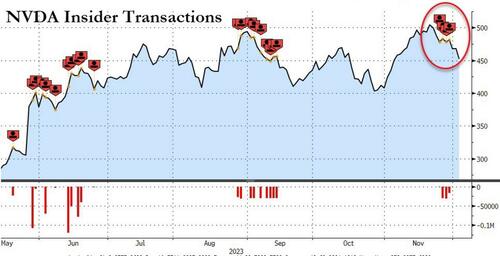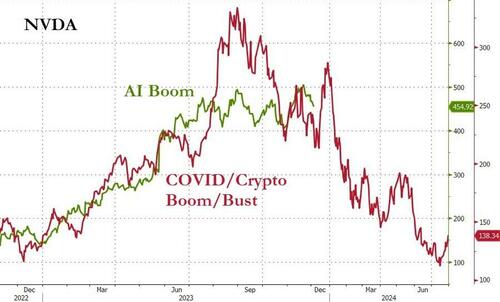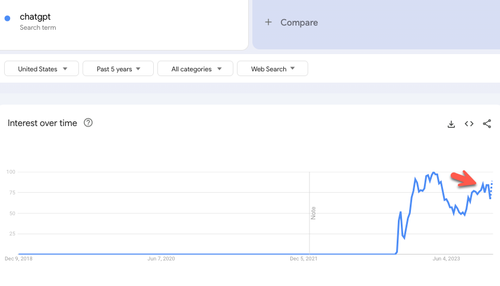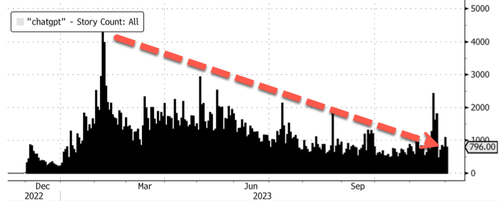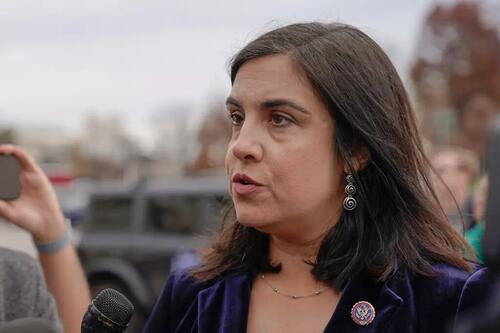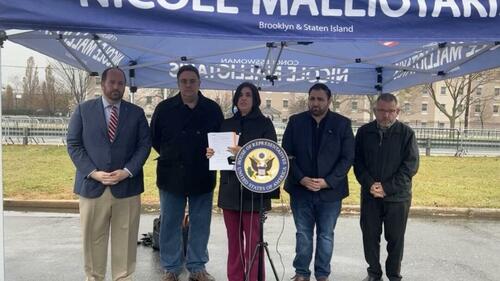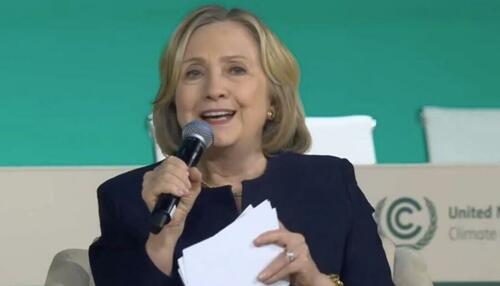Galileo must have already known what was going to happen when, on February 24, 1616, a panel of eleven ‘experts’ commissioned by the Catholic church delivered its final report.
The panel had been ordered to assess Galileo’s work– specifically his ‘controversial’ assertion that other planets revolved around the sun– and not around the earth, as the church had been preaching for centuries.
And as expected, the panel ruled that Galileo’s theory (as well as similar work by other scientists) was “foolish and absurd in philosophy, and formally heretical. . . and that in regard to theological truth it is at least erroneous in faith.”
The following day Galileo was condemned by the Inquisition and ordered to “abandon these opinions” and “abstain completely from teaching or defending this doctrine and opinion or from discussing it” under penalty of imprisonment.
The experts had unanimously ruled against him. Everyone agreed. The science was clear. They were right, and Galileo was wrong. And possibly a heretic.
Obviously, we know today that Galileo and other scientists like Copernicus who came before him were correct. But the Inquisition of Galileo wasn’t about science. It was about power and control.
Those in power often believe that they must be seen as the ultimate authority. They need have all the answers… to know everything and to be right about everything. So whenever someone comes along with a different conclusion, they view this as a threat to their authority… and they squash it.
Galileo’s Inquisition wasn’t the first instance of this suppression. And it certainly wasn’t the last.
We saw it all through the COVID pandemic, with that magical phrase repeated over and over again: “the science is clear”.
‘The science was clear’, for example, that putting masks on children as young as two years old was somehow going to save millions of lives. And anyone with a different conclusion on the matter was told to abandon their heresy under penalty of being canceled.
But apparently the science wasn’t so clear after all. This past Saturday, The BMJ– the medical journal of the British Medical Association– published a new meta-analysis of 22 studies which concluded:
“Real world effectiveness of child mask mandates against [COVID-19] has not been demonstrated with high-quality evidence. The current body of scientific data does not support masking children for protection against COVID-19.”
This conclusion would almost certainly have been suppressed three years ago, as it represents a direct challenge to what global and national health authorities were saying at the time.
They never expressed uncertainty, or that the science could change. Their view was absolute– and correct. And, like the Inquisition of Galileo, they had zero tolerance for dissent.
Climate science now follows this same Inquisition approach… and the tactics have been very much on display during the 28th annual UN Climate Change Summit, known as COP28, which is currently taking place in the UAE.
Everything about this event is a complete joke; even on the COP28 website they have a fancy video filled with global celebrities whose theme is “No more waiting. It’s time to take action.”
Hang on a sec. What exactly was the purpose of the previous 27 annual climate summits if there hasn’t been any action yet? Apparently, COPs 1-27 were complete failures in which absolutely nothing has ever been accomplished. But now it’s up to COP28 to finally get something done?
This is hilarious given that most of the big shots who are attending COP28 are the same virtuous hypocrites who have flown in on their private jets year after year to all the previous summits. I guess they’re finally serious about doing something this time.
One widely publicized exchange over the weekend was the “She Changes” panel… because feminism and gender identity politics has soooo much to do with climate change. The science is clear.
So, this panel was basically the former President of Ireland, Mary Robinson, trying to demonstrate her virtue and genius by berating the CEO of Abu Dhabi’s national oil company.
But the CEO wasn’t having any of it, at one point saying, “Stop pointing fingers. Show me solutions. Show me what you can do. Show me your own contributions,” and blasted her for creating even more divisions in an already polarized world.
Then he committed the ultimate heresy and said that completely eliminating fossil fuels in the near future would “take the world back into caves” and that “no science out there . . . says that the phase-out of fossil fuel” will achieve the UN’s global temperature goals.
The reaction was almost pandemonium as virtuous hypocrites around the world immediately voiced their opposition to the CEO’s dangerous wrongthink.
“The science is clear,” said UN Secretary General Antonio Guterres, who added that we must “stop burning fossil fuels– not reduce, not abate. Phase out.”
“The science is absolutely clear,” said Bill Hare, the chief executive of a government-funded climate non-profit. Completely eliminating fossil fuels “will enhance the lives of all humanity.”
“The science of climate change has been clear for decades”, said Professor Frederike Otto, listed as one of Time’s “100 most influential people in the world”.
There’s that magical phrase again: the science is clear.
Now, I’m not attacking climate science or those who dedicate their lives to it; there’s plenty of solid data out there. Plus, I love clean air and water as much as anyone, and I do my best to conserve resources and be greener. I’m also rational about it, which is why I’m so much in favor of nuclear power.
But there is a certain arrogance to saying “the science is clear” without acknowledging any uncertainty, or that many of their end of the world predictions haven’t come to pass.
There’s nothing wrong with being wrong. Science is a process of continuous growth, examination, and discovery.
But to say “the science is clear” is to say that today’s conclusions are fully settled and will never change. If we’re intellectually honest, there are very few things we can say this about.
Yet these people insist that “the science is clear” about eliminating fossil fuels. We MUST keep global warming below 1.5C, and the ONLY way to do that is to completely eliminate, i.e. “phase out” oil.
No discussion about costs and benefits is allowed. Their view is the only view. The science is clear.
It doesn’t help that they make a joke of themselves by having their virtuous hypocrite climate bosses fly in on private jets. And they insist on mixing in gender identity politics. In fact, at COP28 this year, there’s an entire theme on the agenda for “Gender and Inclusion”. The science is clear.
But even if we accept the absolute certainty of their conclusions, there’s the matter of implementing their ideas.
They demand, for example, that all energy be green. That means (in their definition) solar panels and wind power.
Yet shifting to 100% green energy will require a number of critical resources (like copper and various other minerals) that the world simply cannot produce. And even if the production capacity existed, these same people insist on shutting down the world’s mines– because they’re bad for the environment.
They don’t think realistically about implementation, or costs versus benefits; they live in a theoretical dreamworld where TeraWatts of green power will simply fall from the sky.
It’s bizarre that such unrealistic fanatics have so much influence in dictating global policy. And this is one of the reasons I’m so vocal about investing in real assets, in part to benefit from their irrationality.
If the climate fanatics want to shut down mines, yet simultaneously create skyrocketing demand for copper from solar panel production, then it seems pretty likely that copper prices could soar.
If they want to completely phase out fossil fuel production, that probably means oil prices will rise.
If they want to require every business to become “net zero” and buy carbon credits, it probably means that the price of carbon credits will eventually be much higher.
And if reason ever prevails– which it eventually does– and nuclear power is finally recognized as a viable solution– which it is already starting to be– then demand for uranium will go through the roof.
But given uranium’s meager production and almost entirely drawn-down stockpiles, this also suggests that the price of uranium could one day go nuclear.
I won’t say the science is clear… because it seldom is. But in a world run by fanatics, these sorts of ideas certainly make sense to consider.
Source
from Sovereign Man https://ift.tt/IbY8TQL
via IFTTT
